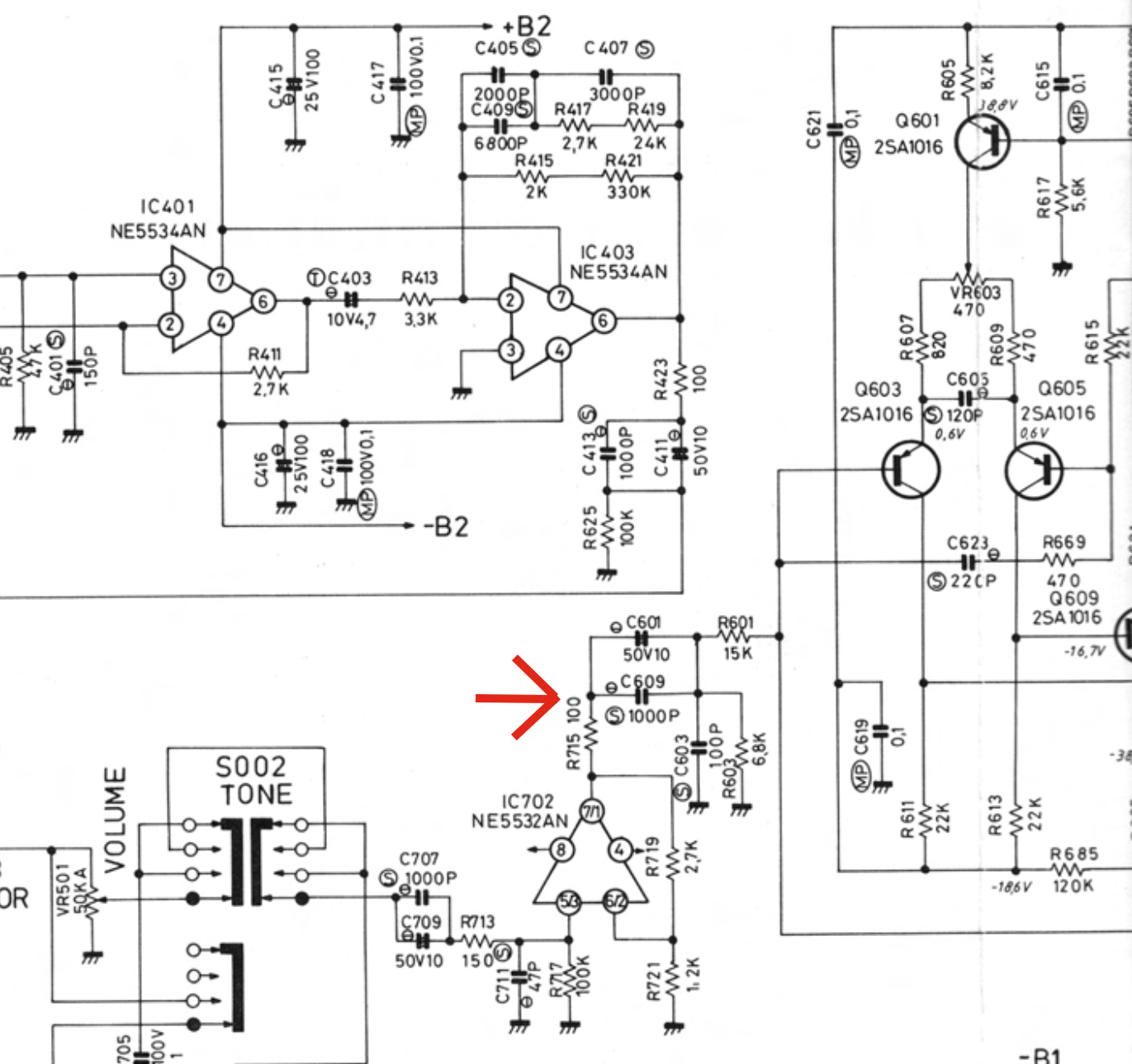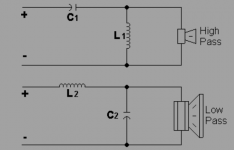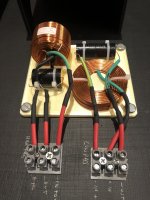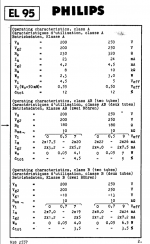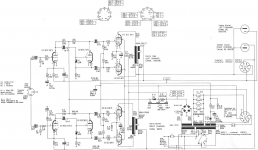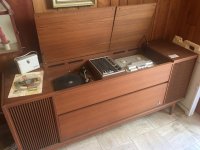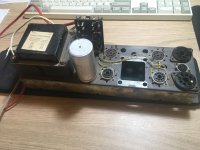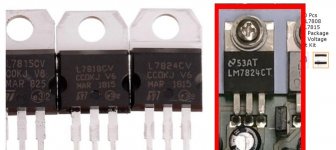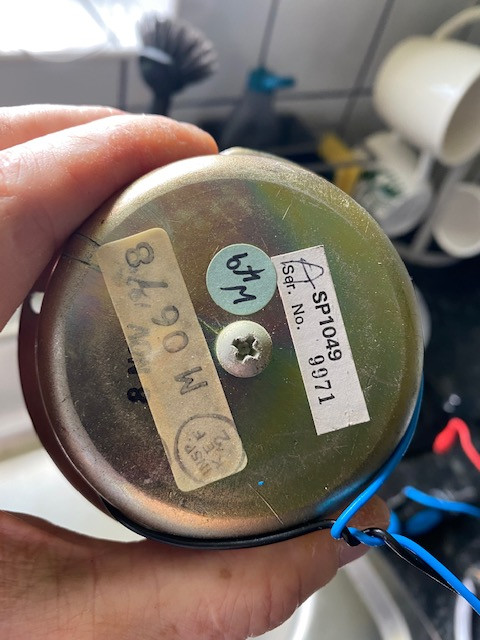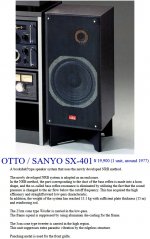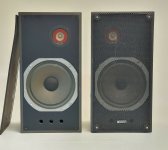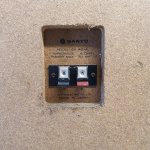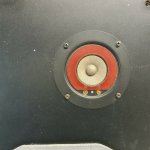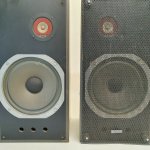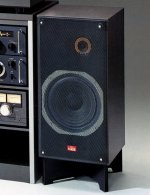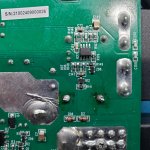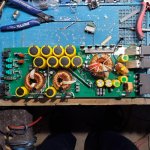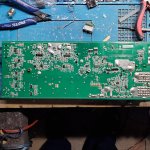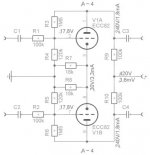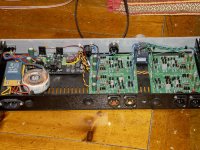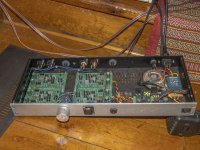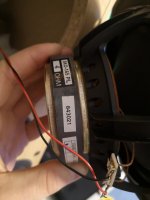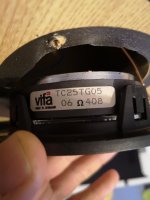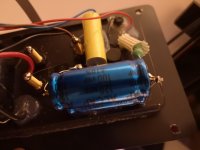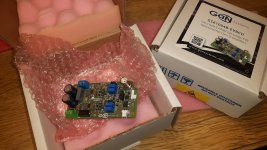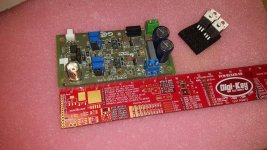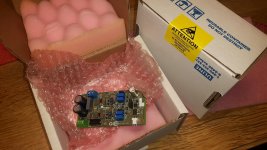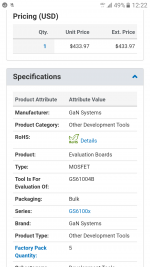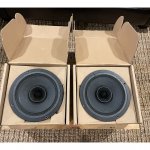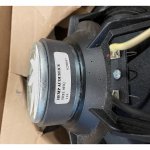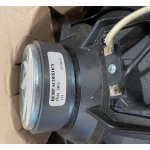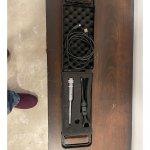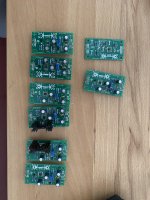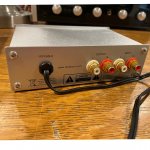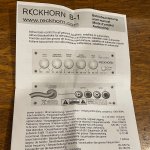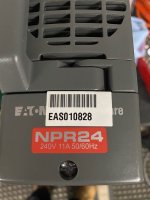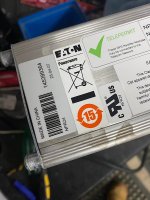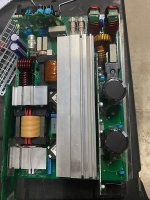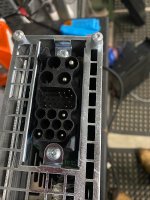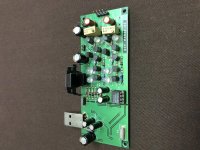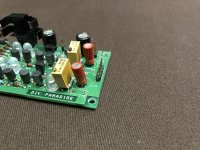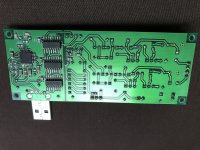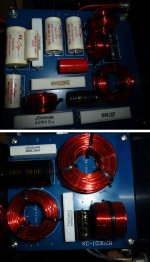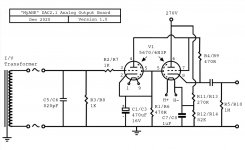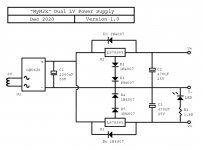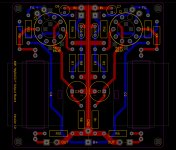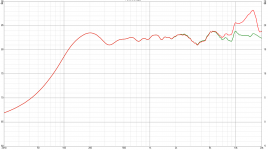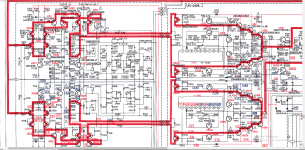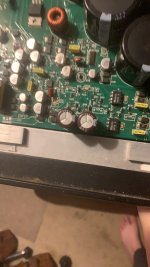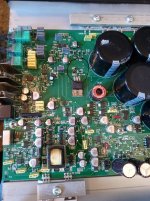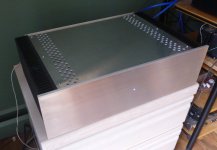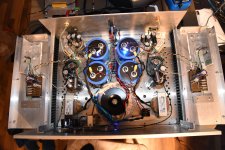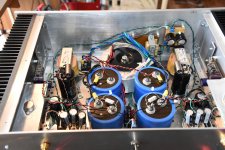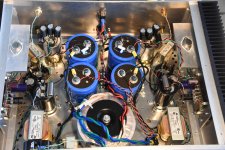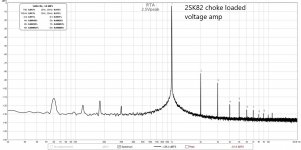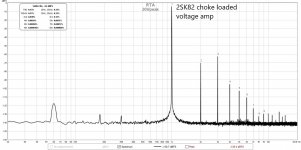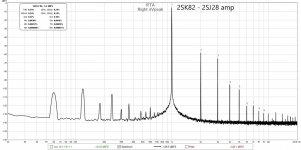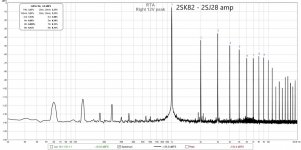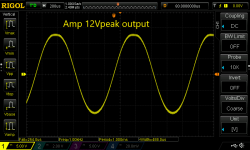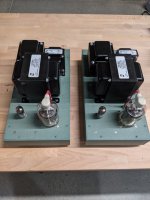Hello to all ESL experts and enthusiasts!
After a house move, a pair of very old (SN 2086/7) Quad ESL63s are buzzing, humming and hissing more than I remember - and enough to stop me using them and find some answers. After a bit of research on possible causes (and in the hope that it was only electronics to blame) my first port of call was replacing caps and diodes in the EHT unit and the 1000µF 16V PS cap on the protection board.
Unfortunately, this made no apparent difference and so the most likely (and most feared) cause was now rearing its head - that I have the dreaded 'stator separating from matrix' problem. Stripping them down to the bare panels has confirmed this. So I now have two options: delivering them to a professional service to renovate the panels or having a go myself. The first is easier, far more expensive and potentially means me being without them for a long time. The second is cheaper, a lot more personally satisfying but also quite a challenge/learning curve. I say that as someone who in my 20s worked for both Rogers as QA on BBC monitors and designer of the Studio 1a, and then later as a senior engineer at KEF with the privilege of working on advanced loudspeakers with such pioneers as Laurie Fincham and Richard Small. So I'm not afraid of electroacoustics, soldering or circuit diagrams! Unfortunately, KEF went the same way as Quad but did so first i.e. bought out by a Chinese company that was more interested in the brand name than the R&D brains and so squandered a considerable talent pool and focused on marketing and moving as much production as possible to China to save money.
🙁
First of all, a couple of apologies. This is quite a long post and covers ground that has been discussed before. In particular I have read a number of detailed threads here (e.g. this monster
ESL Diaphragm coating). The reason I think it's relevant are:
0.1) I'm sure details have changed over the years as people here gained more experience with important issues like adhesives and membrane coatings
and
0.2) many others who are in the the same position as me would I'm sure like to have the key 'difficult' renovation issues all collected in one place.
So here goes with what I think are the toughest things to get right:
1) Choice of adhesives
What we want is something that:
- lasts a long time, in many realistic use cases (> 10 years?)
- is not too toxic to work with
- is relatively easy to apply
- is relatively easy to get hold of and not too expensive (in the UK or EU hopefully)
And there are 3 places where it needs to be used, only the first 2 of which seem to widely discussed.
1.1) stator to matrix
1.2) membrane to matrix
1.3) nylon damping to stator
In my case, (1.3) is relevant as several of the panels have the nylon damping material peeling away from the stator and this obviously needs to be addressed carefully.
I have seen several adhesives discussed:
- polyurethane
- contact adhesive
- epoxy
- super glue/cyanoacrylate
- others?
I would like to canvas opinion here from those with experience and expertise about which adhesives (with brand names or type numbers if possible please) have stood the test of time and satisfy what I believe are the key requirements in each case. It would be nice to use something that can be removed without too much grief when the next renovation is required - this would tend to downgrade epoxy and possibly cyanoacrylate also.
2) Acquiring, stretching and appropriately tensioning the membrane
Most seem to recommend a Mylar or PET membrance of 3-6 microns in thickness. This is not easy to find in the UK or EU without buying in bulk or paying what seems like a very inflated price for small quantities from specialists. Best links I have so far (they both do 3 & 6 micron):
Electrostatic Speaker Membrane Dupont Mylar C 6um 20M | eBay
Winkel - ESL Plus
By the way, do people think the extra mass of 6 micron has too much penalty (i.e. earlier high frequency rolloff) for the extra strength and easier handling?
Once I have this, it needs to be stretched on a jig or frame of some kind. I have seen some talk of a pneumatic arrangement though I have not been able to find details of this. I believe that some heat treatment can also be beneficial with either a hair dryer or heat gun, but it's not clear whether this should be before or after it has been attached to the matrix and stator.
Then, how does one ensure that it is at the correct tension? I have heard talk of methods with coins, tension gauges and microphones. The only good panel I have disassembled so far had a fundamental resonance at 31-34Hz depending on how you tapped the matrix, with a strongish second peak at about 71Hz. Is this normal or has the unit stretched over the years? I have seen talk of 70-72Hz being the required resonance but I'm not sure if that is the acoustic resonance of the bare unit or the combined electro-acoustic resonance in circuit. I have both coins(!) and a good measuring microphone/system so reliable methods using one or both of those that match the original Quad spec are sought after.
3) Applying the conductive surface to the diaphragm
I have read a LOT about this, and many different opinions, including the mega-thread mentioned above which I finished at about 4am this morning!
To repeat my thoughts for requirements from the adhesives section. "What we want is something that:
- lasts a long time, in many realistic use cases (> 10 years?)
- is not too toxic to work with
- is relatively easy to apply
- is relatively easy to get hold of and not too expensive(in the UK or EU hopefully)"
I guess an extra couple of considerations here are "how well does it bond with the mylar without any surface finishing treatment?" and "how consistent is it over realistic temperature and humidity variations?"
There seems to be a number of options:
3.1) PVA adhesive with graphite powder or black ink
3.2) Commercial anti-static electronics products such as Licron Crystal, ACL Staticide 6300/6500, Statclear A50, others?
3.3) ESL-specific products from enthusiasts/specialists (e.g. EC/HTEC-coating from MJ Dikstra here, the coatings from ER audio in Perth Australia, Shackman in Germany, others?).
3.4) Weird and wonderful ideas like nylon fishing line melted in toxic solvents, anti-static floor polish, Turtle Wax F21, others?
I like the simplicity, cheapness and availability of (3.1) but there are some concerns about it being hygroscopic and perhaps therefore not lasting very well. Any brand names for recommended adhesives or inks are welcomed. Perhaps some PVAs are better than others in this respect? For example:
500ml PVA BOND ADHESIVE AND SEALER PRIMER & BONDING AGENT PLASTER CEMENT TIMBER 5060021361653 | eBay
and
Liquiwire™ 100 conductive graphite shielding paint paste glue ink pen | eBay.
I already have graphite powder. Was this the original Quad method? It seems to have lasted well on my units although the measured resistances given below vary widely across the membranes.
I'm happy to explore something in (3.2) as long as it's available in sensible quantities and not too expensive. I have read some concerns about how long Staticide stays conductive.
Also happy to go down the path of (3.3) and in fact am considering buying the entire renovation kit from ER audio. Any particular recommendations and if so with price and availability?
I like options in (3.4) if they are proven and not too toxic to work with. But for instance, how long do floor or car polishes stick and stay conductive on a thin mylar membrane with 5kV across it vibrating at 10kHz?
Then once you have the right thing, you have to apply it. There seems to be some consensus here that a foam pad or roller works well, possibly after diluting the coating medium with water or alcohol as appropriate.
There is an entire debate about how high the resistance should be, with the higher the better in terms of charge migration/distortion up to the point where it takes too long to charge up and/or other very high resistance paths start to enter the picture. My own simple measurements in (apparent) MOhms taken with a basic multimeter that measures up to 20MOhms and 2x 2 pence coins sitting on the original Quad membranes produce widely varying values:
With the coin edges 2mm apart
============================
Bass panel: 3.3 - 7.3
MF panel: 2.7 - >20
With the coin edges 25mm apart
============================
Bass panel: 7.2 - 18
MF panel: 8.2 - >20
I doubt if these are accurate results but they at least give me something to aim for, presumably a bit higher would be good so that I can just about read something near 20MOhms with coins 2mm apart. Interestingly, I could not get any measurements <20 MOhms on the reverse side of the membranes so that suggests that they are not a uniform layer.
Please feel free to send links to discussions on diyAudio or elsewhere on the web if they address any of the questions that I have asked here with definitive answers, and thanks very much in advance for having had the patience to read all the way down to here!
I hope this thread becomes a useful resource for others in my position, of whom I'm sure there are many.
Happy to be emailed/CC'd directly if you would like to: hop333 A T gmail D O T com
TIA
Michael
